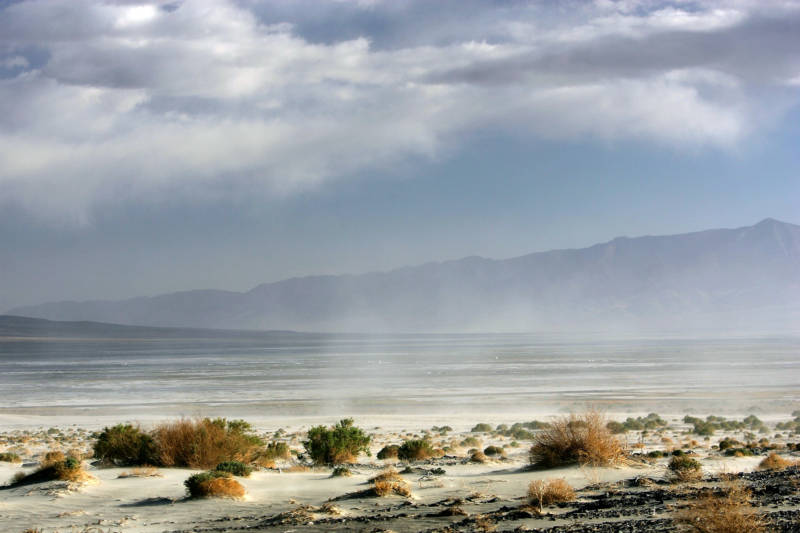Since California’s most recent drought began more than four years ago, scientific studies have been helping us better understand the causes and implications. We know now that a lack of precipitation has largely been caused by a very stubborn high-pressure system sitting off the West coast – dubbed at one time the Ridiculously Resilient Ridge. We’ve also learned that high-pressure systems like this may be the kind of thing we’ll see more of with climate change.
A new study published in Geophysical Research Letters helps increase our understanding of the relationship between drought and the water cycle. Its main finding is consistent with earlier findings that atmospheric circulation, or wind, causes drought, said Jiangfeng Wei, one of the study’s authors and a research scientist at the University of Texas, Austin’s Jackson School of Geosciences.
Wei and his fellow researchers – Qinjian Jin, a postdoctoral researcher at the Massachusetts Institute of Technology; Zong-Liang Yang, a professor in the Jackson School’s Department of Geological Sciences; and Paul Dirmeyer, a professor at George Mason University, Virginia – found that California’s precipitation source is mainly an area over the Pacific Ocean near the West coast. Most of the precipitation that falls in the state comes from evaporation over the ocean.
So one might expect that variations in the ocean evaporation would link to variations in precipitation, including drought. But that’s only true, they found, with extreme wet events – not drought.
“We found that the large-scale atmospheric circulation, or wind, actually controls the ocean evaporation and also controls the transfer of evaporated moisture from the ocean to California,” said Wei. “Therefore, the atmospheric circulation is the original cause of the drought. Both ocean evaporation and atmospheric circulation may affect California precipitation, but the later one is much more powerful.”

